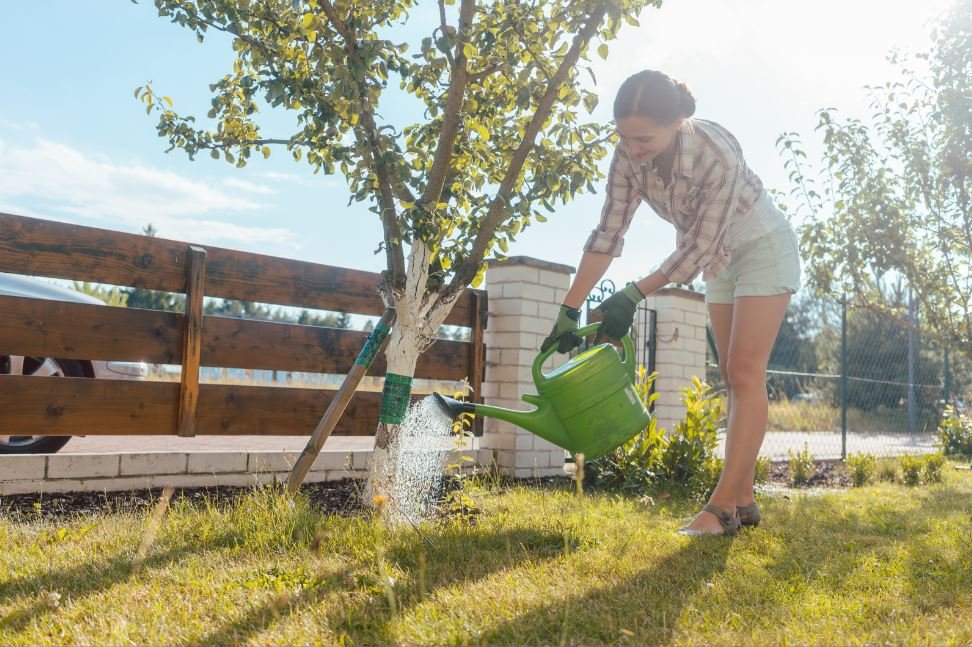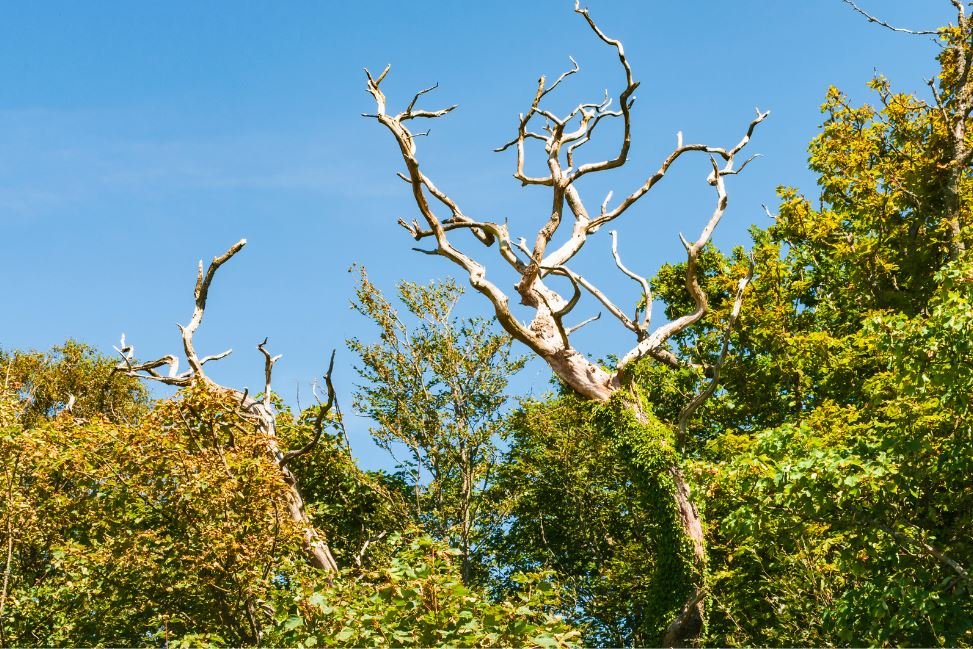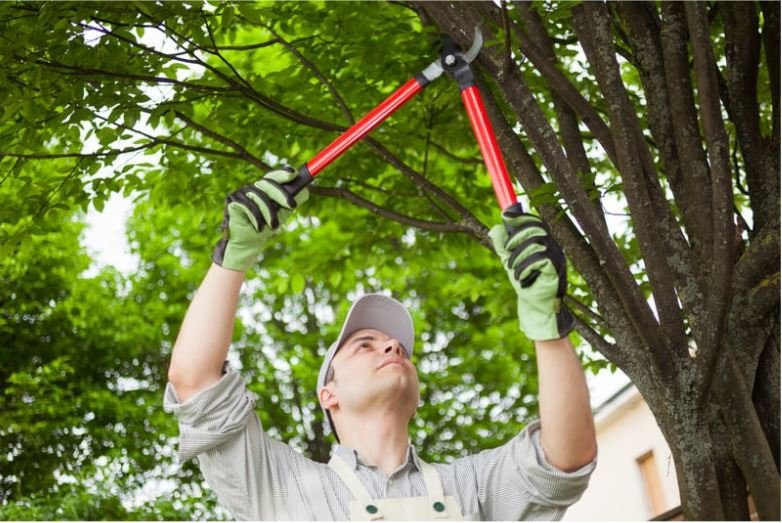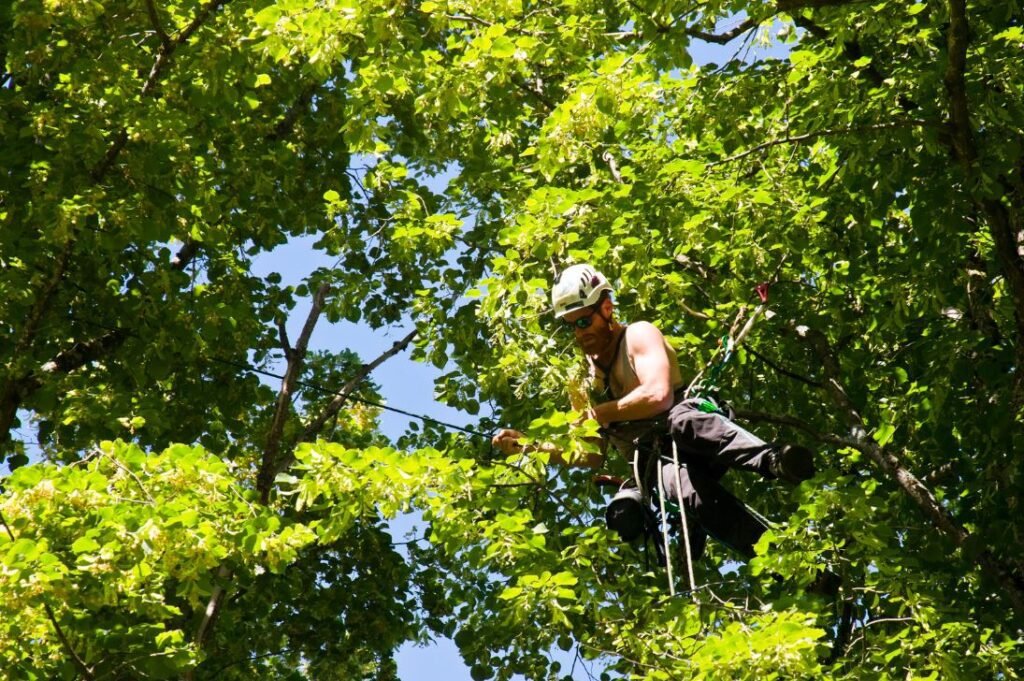When you hear the term ivy, you are constantly reminded of the spacious landscape of the English rural areas. However, there is an unpleasant interpretation of ivy associated with gardening. Even though ivy may look appealing, it is eating the plant from the inside, which will wreak destruction on your quaint garden.
The Aesthetic Tree & Hedge Service professionals will help customers recognize the ivy to minimize its potential risk. Here is a complete guide to it
Is ivy dangerous to trees?
The most common form of ivy has attractive leaves with five ends. Their color is between medium to very dark green. However, the light green veins make the ivy easily identifiable. The ivy will damage the plants aggressively. Moreover, it is tough to eliminate if left unattended.
The growing ivy also damages the associated ecosystem, organisms, and soil composition. It will harm the ever-green plants from growing and poison the vegetation too. Unfortunately, climates and external variables do not limit its growth. Therefore, the intruder must be immediately removed.
Ivy is a ladder that overshadows the trees
The garden ivy will easily stick to the walls and other covers. It is not an issue unless it grows at a speedy rate. You will notice it quickly climbs trees and threatens the plants too. Since the ivy shadows the plants, it prevents sunlight from passing through. As a result, their growth stops.
Garden ivy will also add weight to the garden. Thus, weakening the roots. The plants will fall, break, and infect more frequently than before.
Ivy steals vitamins and nutrients
Garden ivy will streel nutrients from nearby trees and plants too. Besides the much-needed vitamins, the ivy will also compete for sunlight. The plants will begin to yellow. Tree’s branches will fall too.
Ivy makes it difficult to identify other issues
Are you unsure what is harming your garden? Due to the overgrown ivy, you cannot identify the issue. The intruder protects pests and fungi, infecting plants, shrubs, and trees. As a result, it becomes difficult to identify underlying concerns.
How to remove ivy from your garden?
Now that you know how dangerous it is, let us learn how to remove it successfully
Rip the roots
When you attempt to remove the ivy from walls or other surfaces, it will instantly grow back. The properties allow it to climb to anything it attaches to. Therefore, pulling it from trees and plants will not weaken its outlet layer. The vegetation becomes more susceptible to pests and infections. Therefore, cut the ivy at the roots, so it eventually dies.
Inspect the roots
After cutting the ivy root, dig at the root to analyze further. However, do not dig too invasively that you damage other plants and trees. You can use an herbicide to target the ivy-infested root specifically.
Monitor
After cutting the roots and digging, regularly inspect the garden for future ivy growth. Apply mulch if it re-grows to keep the situation manageable. Otherwise, contact Aesthetic Tree and Hedge Service.
Hire us for ivy removal
Aesthetic Tree and Hedge Service are ready to remove ivy from walls, gardens, and other exteriors. We use minimally invasive procedures that protect the health of your plants and loved ones. Aesthetic Tree and Hedge Service is fully insured, too, with ISA certification. Work with our experts for optimal plant safety.





